Things I got to learn travelling Punjab on a cycle
Punjab, a key entry point for any invasion from the west, has been a battleground for centuries. Its strategic location has made it a constant flashpoint of conflict, shaping its history and the identity of its people. Today, Punjab is known for having the highest proportion of Dalits among Indian states and for its role as the “breadbasket of India,” thanks to its pivotal role in the Green Revolution. Despite being a Sikh-majority state with strict prohibitions on substances, it paradoxically faces high drug use. The state struggles with low formal education levels and a strong regional language preference, yet it has a significant diaspora abroad. Punjab embodies a landscape of contrasts, making it challenging to grasp its current situation without understanding its historical context. In this article, I’ll share my perspectives from a brief visit, though I acknowledge that my views may be influenced by my personal experiences and mode of travel. I encourage readers to approach my observations with a critical eye and to contribute their own insights in the comments section.

Issue with drugs
Punjab has gained a notorious reputation for high drug abuse, further amplified by the film ‘Udta Punjab,’ which portrayed the state’s drug crisis. This portrayal has sparked skepticism about whether the situation is as dire as depicted. Unfortunately, the reality is quite grim, if not worse. While various conspiracy theories circulate, local perspectives often point to government actions as a significant factor.
Historically, alcohol and opium have been part of the cultural fabric in Punjab, a trend I also observed in Rajasthan, where opium extracts like Hafim were openly consumed. However, the shift in drug use patterns seems linked to government policies. About a decade ago, the Punjab government banned opium, leading to a surge in other drugs. Drug trafficking from Pakistan has exacerbated the situation, with heroin (locally known as chitta) and smack becoming prevalent.
In response, the government has established rehabilitation centers and provides a drug called Adenoc to help addicts. Surprisingly, Adenoc itself has become addictive, with some individuals obtaining it through distributors. There are claims that the government’s efforts inadvertently perpetuate addiction by substituting one drug for another. Additionally, medical stores in Punjab are alleged to sell drugs without prescriptions, and laborers often turn to cheaper intoxicants from these stores.
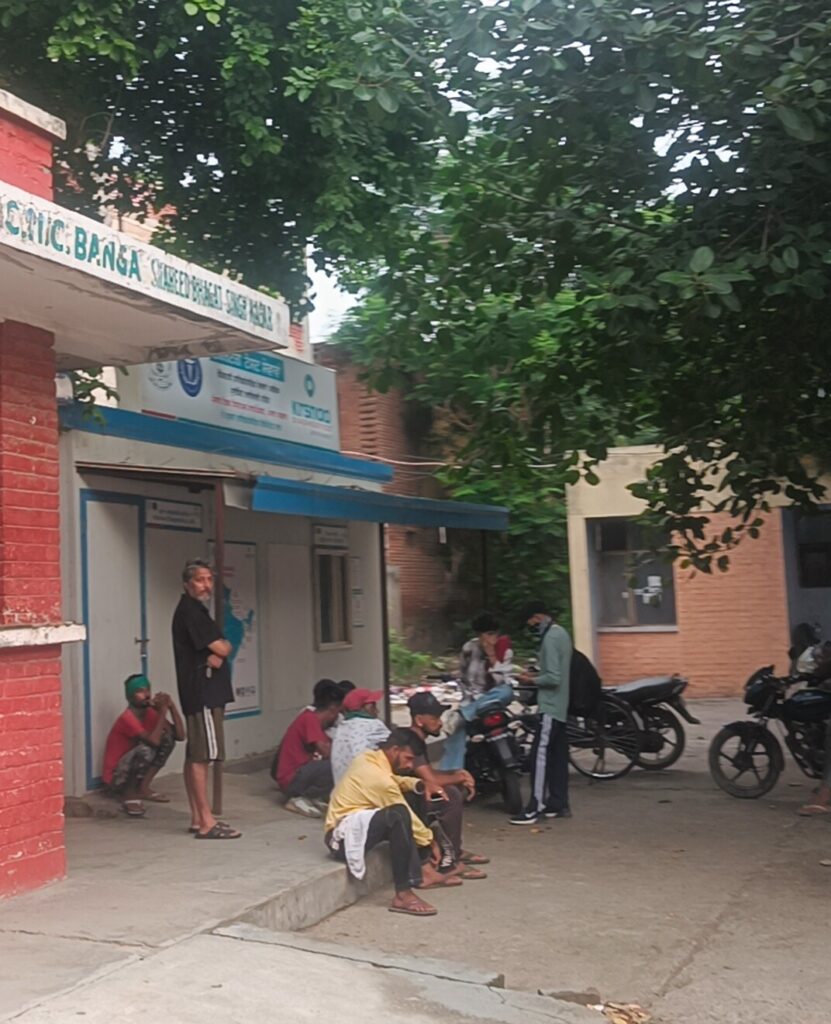
In my observation, drinking is widely accepted and openly practiced in Punjab, often justified as part of the local culture. In contrast, smoking is viewed with greater disapproval and is rarely seen in public. This cultural paradox exists in a region where drug consumption, although concealed, is alarmingly prevalent. The high cost of certain drugs, combined with the daily dependence they create, has driven many individuals to extreme measures, including selling their property and living on the streets.
The economic strain of addiction has also pushed some young people into petty crime to support their habit, contributing to a rise in unsafe conditions, especially at night. Travelers are frequently advised to avoid wandering after dark, even in larger cities, due to these safety concerns.
Farming consequnces
Punjab, known as India’s breadbasket, supplies approximately 15-20% of the nation’s wheat and rice. The region’s fertile soil and abundant water resources make it ideal for large-scale agriculture. However, this abundance came at a cost: extensive deforestation and the conversion of land into uniform agricultural fields. Punjab’s flat landscape is dominated by a green expanse of crops, with wheat being the most extensively cultivated, followed by rice, cotton, sugarcane, pearl millet, maize, and barley.
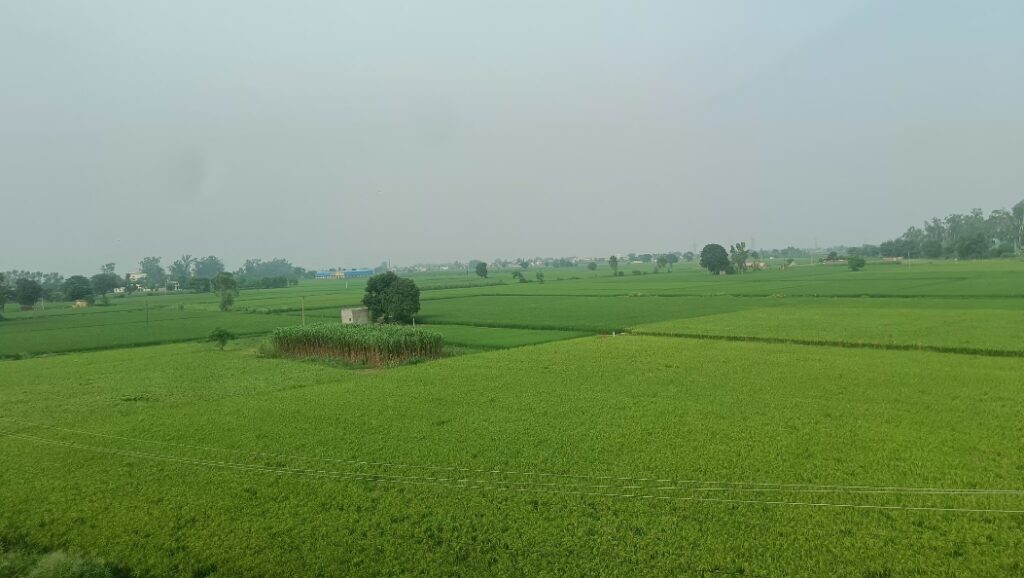
Despite the agricultural success brought by the Green Revolution, many locals view it negatively. They attribute a sharp increase in diseases, including a notable rise in cancer rates, to the intensive farming practices introduced during this period. The “Cancer Train,” which transports nearly 100 cancer patients and their families daily from Bathinda to Bikaner, highlights the dire health impact and the lack of adequate medical infrastructure in the region. In Punjab, I observed a high incidence of obesity and congenital defects, reflecting broader health concerns.
In recent years, free electricity for farmers has encouraged excessive groundwater use, leading to a significant drop in water levels, with reports indicating a reduction of 3-4 feet annually. This unsustainable practice, despite the presence of alternative water sources, exacerbates the region’s environmental challenges.
The settlement abroad
Over 2.5% of Canada’s population is of Punjabi descent, and Punjabis have also settled in many other countries over the years. A common question is why Punjabis choose to migrate abroad. Traditionally from labor-intensive backgrounds with relatively low education levels, many Punjabis seek better economic opportunities overseas. They often spend between 30 to 50 lakh rupees on intermediaries to secure visas for labor jobs abroad. Despite claiming to enjoy life overseas, their migration is often driven by a desire for better economic prospects, which I explore further in this article.
Punjab is divided into three regions—Majha, Doaba, and Malwa—separated by the Beas and Sutlej rivers. Majha and Malwa are predominantly agricultural, while Doaba, positioned between these two regions, has become more affluent due to remittances from Punjabis working abroad. The migration trend began 60 to 80 years ago, leaving some homes in Doaba vacant even today. Many Punjabis abroad work in agriculture, construction, driving, or as daily wage laborers.
Illegal activities, such as identity falsification and document forgery by intermediaries, are also prevalent in securing visas. However, the remittances from these overseas workers have significantly boosted development in Doaba, making it more prosperous compared to Majha and Malwa. Recently, the Canadian government has started allowing immigrants’ spouses and families to settle in Canada, aiming to retain currency within the country. Consequently, the flow of money back to Punjab has decreased over the past five years.
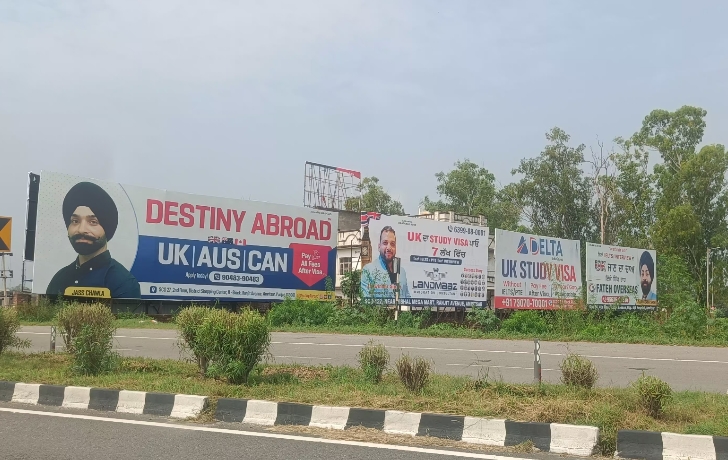
The turmoil
Historically, Punjab was a princely state that extended from the eastern half of what is now Pakistan, encompassing regions as far as Ladakh and Tibet. However, during the 1947 Partition, Lahore, the capital of Punjab, was ceded to Pakistan, and this transition led to significant upheaval and violence, the full extent of which remains unclear.
In 1961, Punjab was further divided into separate states—Himachal Pradesh, parts of Jammu, Haryana, and Rajasthan—based on linguistic lines. Many Punjabis believe this division was intended to dilute Punjab’s influence, given that Punjabis constitute an ethnic group rather than a singular religious community. This division bolstered the Khalsa movement, with demands for an independent Khalistan state growing stronger. The resultant shift left Punjab predominantly Sikh, leading to the exodus of many from other religious backgrounds.
There are claims that the ongoing drug problem in Punjab is perpetuated to suppress youth movements advocating for an independent state. Additionally, there has been insufficient governmental focus on Punjab’s development, evident in the scarcity of schools, hospitals, and infrastructure. In the 2020-21 fiscal year, during Finance Minister Manpreet Badal’s tenure, funding cuts severely impacted various sectors, including education and rural development, leaving many rural areas without adequate schools.
The government’s neglect extends to agriculture as well, with deteriorating groundwater levels and poor infrastructure exacerbating the situation. The state’s roads are notably in poor condition, marred by frequent flooding and unregulated plastic waste. Punjab appears to be grappling with a range of issues—ethnic tensions, agricultural challenges, inadequate education, and governmental neglect—creating a complex and challenging environment for its residents.

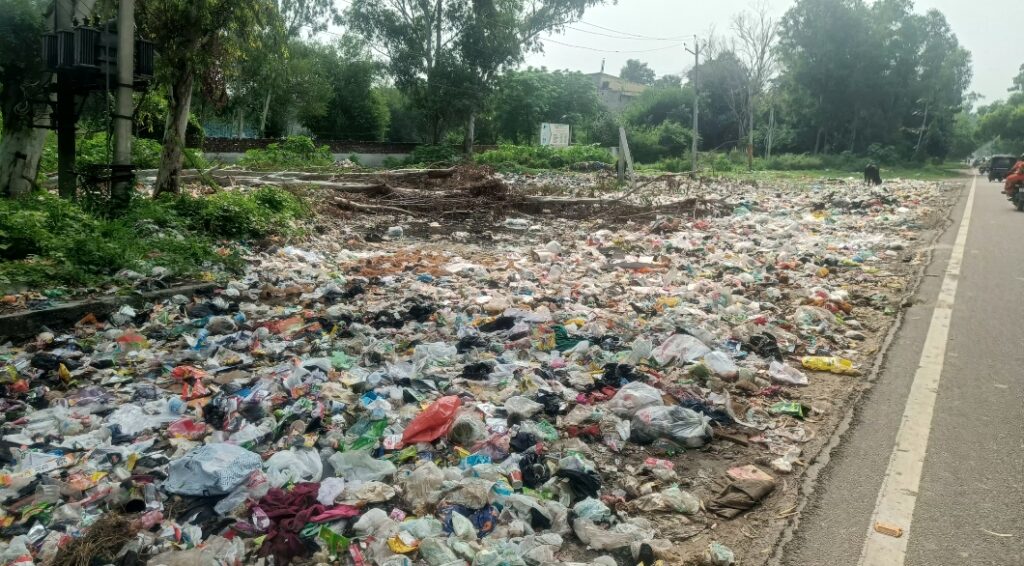
The culture
The name “Punjab” derives from the Persian words for “five rivers”: Beas, Jhelum, Sutlej, Ravi, and Chenab. However, Jhelum and Chenab now flow through modern-day Pakistan. Known for its substantial agricultural output, Punjab’s tradition of serving Langars (community meals) in its numerous Gurudwaras reflects its deep-rooted commitment to hospitality and service.
Despite a predominantly working-class population, Punjabis have a strong affinity for Western culture, evident in the numerous Western-style restaurants scattered throughout the state. The people of Punjab take pride in displaying their wealth and status, whether through their vehicles, clothing, or physical fitness. Even among the working class, tractors are highly customized and can have waiting periods of up to two years. Cars are seldom seen with stock wheels, and many youth, even in rural areas, own modified bullet bikes. This passion for vehicles is celebrated in annual tractor melas, featuring displays and races.
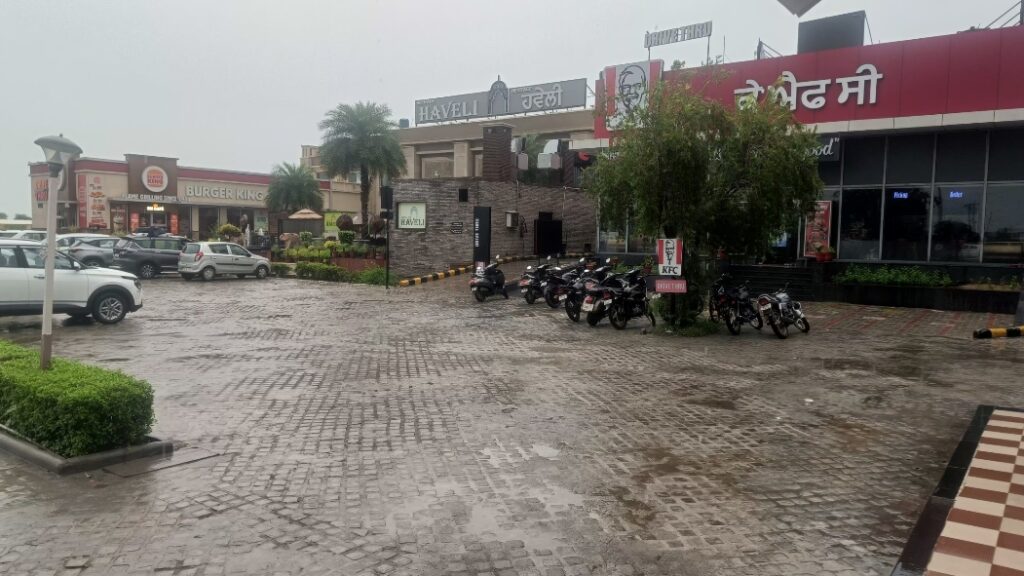
While the majority of Punjabis are Sikh, only about 10-15% follow the tenets of Sikhism rigorously. True Sikhs, as defined by traditional practices, abstain from cutting their hair, wear a steel bangle (kara), a turban, and carry a comb and a weapon. They also avoid meat and intoxicants and are committed to serving people of all castes, ethnicities, and religions. The inclusivity of Sikhism is symbolized by the four gates at the Golden Temple, representing Hinduism, Islam, Sikhism, and Christianity. Some former mosques used by Muslims before the Partition are still maintained, reflecting Sikhism’s spirit of acceptance. Although, Sikhism, like Islam, is a religion where followers are known for their willingness to sacrifice their lives for their faith. Nihang Singh are a distinct warrior class within Sikhism, committed to defending their religion and upholding its principles at all costs.
Despite Sikhism’s teachings against casteism, it persists in Punjab. The primary social divide remains between the land-owning Jats and the working-class Majbis, with limited intermarriage and ongoing friction between these groups.
Punjabi culture and language have a rich heritage that predates Sikhism. Punjabi literature is extensive, with universities dedicated to its study. Although educational quality in Punjab is often criticized, the state has a vibrant literary and political scene. The love for the Punjabi language is also evident in the rise of Punjabi rap musicians, showcasing a contemporary appreciation of their linguistic heritage.
Mindset of people
Aside from the 10-15% of the population who follow the Sikh religion, most people in the region tend to focus on materialistic displays. Influenced by their historical context, many individuals exhibit a hot-tempered demeanor. While Sikhs are known for their warmth and respect, others, especially in the business sector, often interact with caution and disinterest. I have frequently experienced inflated charges from shopkeepers, reflecting a prevalent attitude of prioritizing financial gain, often summed up by the question, “Isse paisa milta hai?” (Do you make money from this?).
In Punjab, the tone of speech is generally assertive, which can come across as domineering. The wealthier and more educated people in Doaba are less involved in conflicts compared to the Majha and Malwa regions, where gang disputes are common. The drive for revenge, as seen historically with figures like Bhagat Singh and Udham Singh, is still evident in the region’s culture.
Despite internal rivalries and differences, Punjabis show remarkable unity in matters of religion and ethnicity, especially during protests against the government. The community prefers to stay in groups, sharing resources and demonstrating a strong sense of togetherness.
The current generation is heavily influenced by trends, with many individuals focusing on body image and tattoos. Punjab likely has one of the highest tattoo rates in the country. The language, though sweet, includes frequent use of harsh terms, a trait also observed in Himachal Pradesh. Interestingly, despite its agricultural prominence, Punjab has a notable prevalence of nuclear families over joint families, a concept that can be perplexing.
Overall, my experience traveling in Punjab was highly positive, particularly due to the helpfulness of its people and the welcoming nature of the Sikh community. Punjab stands out as a place where one can travel with minimal resources, thanks to the numerous Gurudwaras offering assistance. While my observations may highlight some issues, the Sikh religion’s impact remains a strong positive force. If you found this article insightful, please visit my page for summaries of other states I’ve traveled to, and feel free to leave your comments below.
I am a 31 year young PhD graduate who has decided to travel the length and breadth of India on my cycle, to document the journey of meeting a vast array of people. In my journey, I intend to understand the characteristic features of the people of this nation and categorize them based on their demographics, age, profession, gender, traditions, and cultural differences.